Orchid plants: How to grow and care for indoor Orchids?
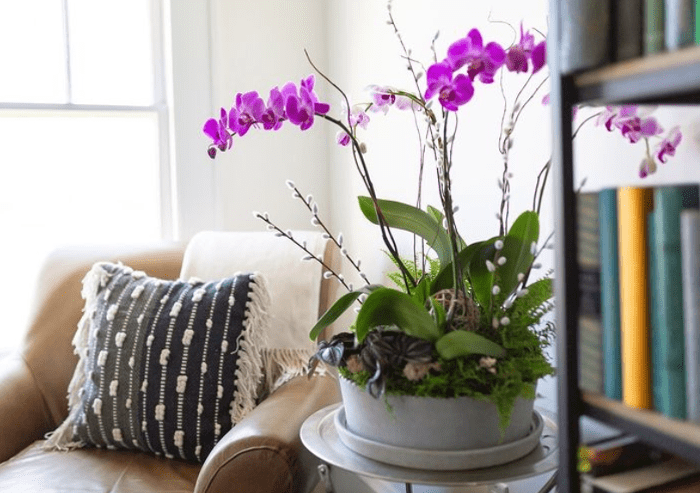
Orchids are tropical plants belonging to the Orchidaceae family. These elegant plants can bloom all year round in Orchid flowers of perfect beauty, which bring a touch of exoticism to our interiors. Although there are approximately 30,000 different species of Orchid plants, those most frequently found in our interiors, and which are also the easiest to maintain, are the Phalaenopsis and Cymbidium Orchids.
In their natural habitat, Orchids are epiphyte plants that grow on trees or other plants without parasitizing them. They, therefore, produce aerial roots and can also grow in rock cavities or on the ground.
The beauty, complexity and incredible diversity of orchid flowers make them one of the most wanted indoor plants. If you are new to the world of orchids, this article is for you. Find out all you want to know about Orchid meaning, Orchids types, how to grow Orchids, how to plant Orchids, how to look after orchids, etc…
What is Orchid?
The name Orchid is derived from the Greek word “orkhis” which means “testicle”. This nomination comes from the shape of the root tubers of some Orchid species. Due to their namesake, Orchids symbolize sexuality, fertility, virility, love and charm. Also, thank their highly ornamental shapes, they are perfect to celebrate any life’s precious moment.
Recommended Orchids varieties to grow indoors
Phalaenopsis
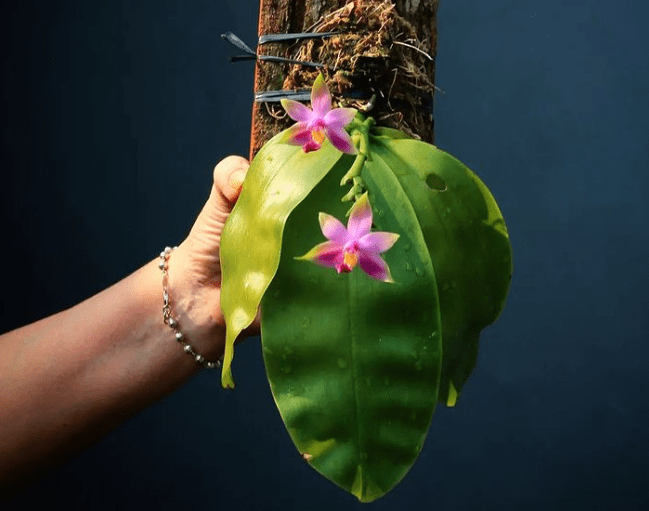
Phalaenopsis, known also as the “moth Orchid”, is the most common Orchid of the commercial varieties. This easy to grow and to care for plant has flat and thick leaves that look like succulents and produces butterfly-shaped flowers of white, pink, yellow or red colors that last for 3 to 6 weeks. The Phalaenopsis Orchid will also do well outdoors during the summer months, you have just to choose a bright place, but without direct sunlight.
Cattleya
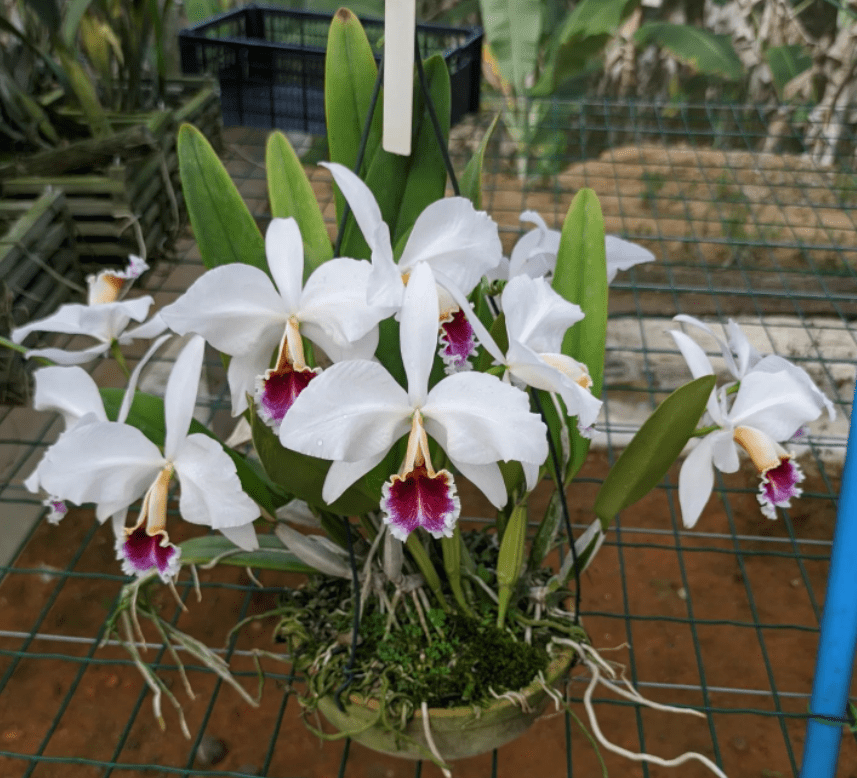
Cattleya is an air-growing Orchid native to Latin America. Its name comes from its first collector, William Cattley. This showy Orchid has ruffled blossoms in luminous colors and a rich, heady, hint-of-vanilla scent. Some Cattleya species flower in summer or fall, but thanks to the crosses with groups of neighboring Orchids such as Laelias, Brassavolas and Sophronitis, we can get prestigious flowering almost throughout the year. These plants require 5 to 6 hours of light per day and proper watering to thrive.
Paphiopedilum
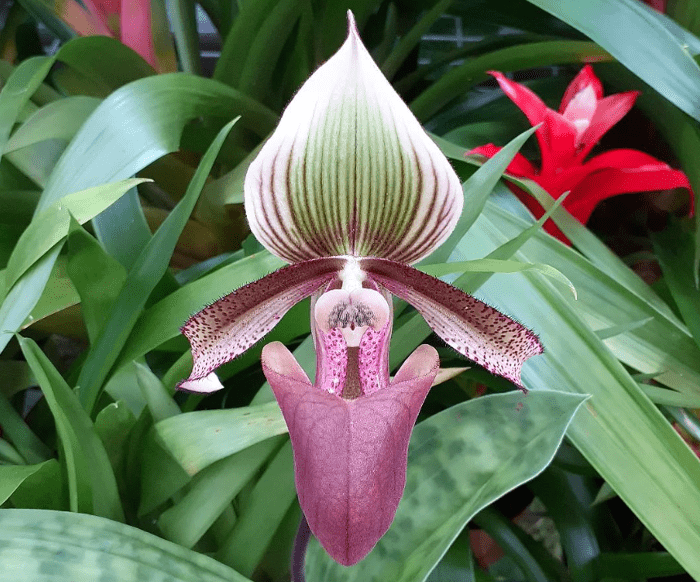
Paphiopedilum, called also Slipper Orchid or Lady’s Slippers, is a terrestrial Orchid native to the jungles of the Far East and Indonesia. This orchid is great for beginners and one of the easiest Orchids to grow and to care for. This orchid is also called Slipper Orchid because of its shoe-like lip. This lip serves as an insect trap. Indeed, insects are attracted by the smells and the nectar that this orchid produces. These plants have also patterned foliage that is attractive even when not in bloom. The main concern with Paphiopedilums is watering them enough so they stay moist and healthy the entire time.
Cymbidium
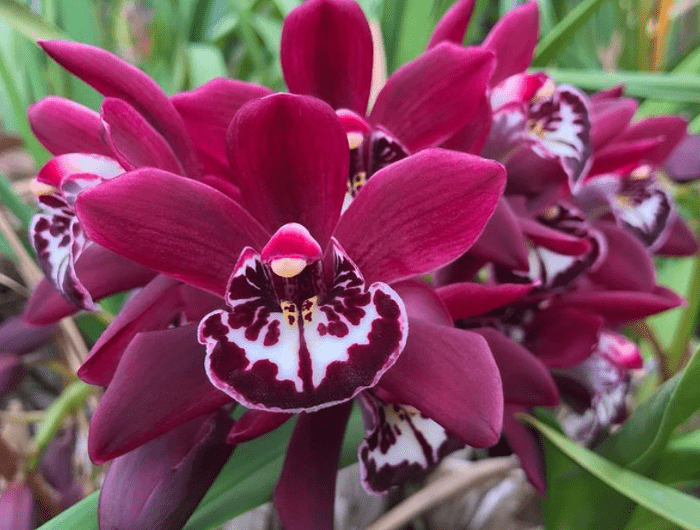
Cymbidium, also known as the buttonhole Orchid, is a tropical plant native to cold regions and very present on the southern slopes of the Himalayas. This is an easy to maintain flower that will decorate your interior for many months. Moreover, these types of Orchids are said to be robust, in fact, they have a long vase life. Cymbidiums are often fragrant, especially those with green flowers. It is generally in the heart of winter that we appreciate their magnificent flowering made of clusters of bright and colorful flowers.
Dendrobium
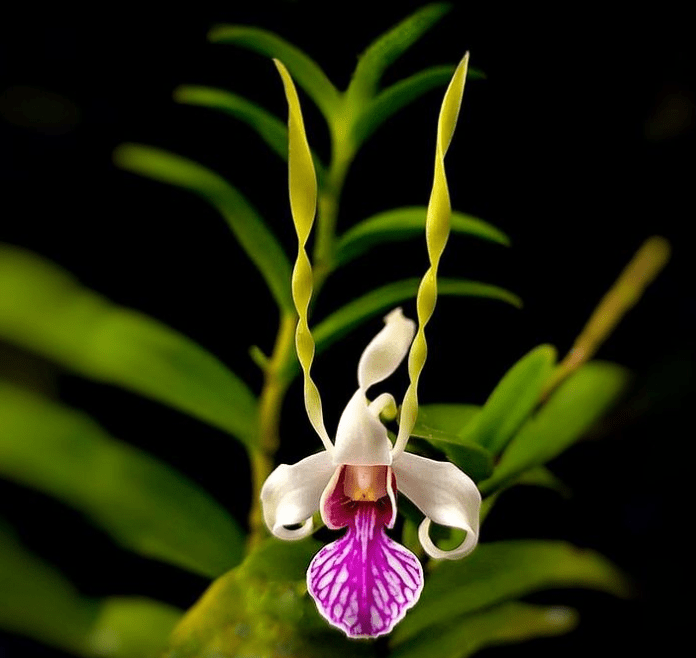
Dendrobium, or the Orchid of many faces, is a beautiful epiphytic plant native to Asia, more precisely from the eastern Himalayas to Vietnam and China. This Orchid blooms from winter to spring in white or white edged with pink or purple flowers. These Orchids in nature are mostly found hanging on branches, where it is not too hot and where the air is constantly humid. Furthermore, most Orchids do not tolerate being in sunlight, but Dendrobiums will be one of the few orchids that will like a window that does get a bit hotter during the day. On the other hand, Dendrobiums will also need more water and more fertilizer than the other orchids.
Fragrant Orchids
Some Orchid flowers have an amazing fragrance. Here are the most sweet-smelling Orchids:
- Phalaenopsis violacea: spicy, cinnamon
- Angranthes grandalena: sweet jasmine
- Brassavola nodosa: freesia or lily-of-the-valley
- Oncidium ‘Sharry Baby’: vanilla and chocolate
- Cattleya walkeriana and hybrids: cinnamon and vanilla
- Miltoniopsis santanaei: roses
- Neofinetia falcata: jasmine
- Phalaenopsis bellina: freesia with a touch of lemon
- Rhynchostylis gigantea: powerful citrus
- Maxillaria tenuifolia: roasted coconut
- Zygopetalum: hyacinth
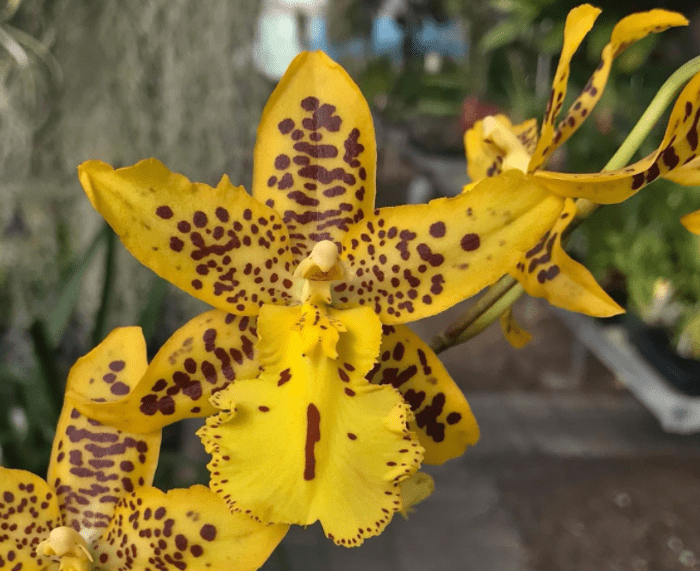
Growing an Orchid
Orchids are appreciated for their beautiful and unique flowers. They can be cultivated by their seeds, but this operation requires very specific equipment. Instead, we advise you to buy flowering plants directly.
Orchid care
In caring for orchids indoors, you need to think like an orchid. The golden rule for this plant’s success is to duplicate the Orchid’s natural conditions as closely as possible.
Orchids light
As a general rule, orchids are light-hungry plants. The exposure of your orchid is important to guarantee beautiful flowering. Then, too much sun could be fatal to it, but a lack of light will prevent to see blooming Orchids.
Temperature and humidity
Orchid plants do best in temperatures above 10°C but below 30 °C.
Regularly spray water on the leaves and roots, this can be enough watering. In addition, remember to mist the foliage very regularly (ideally every day) in order to recreate the warm and humid environment in which it lives in its natural state.
How often to water Orchids?
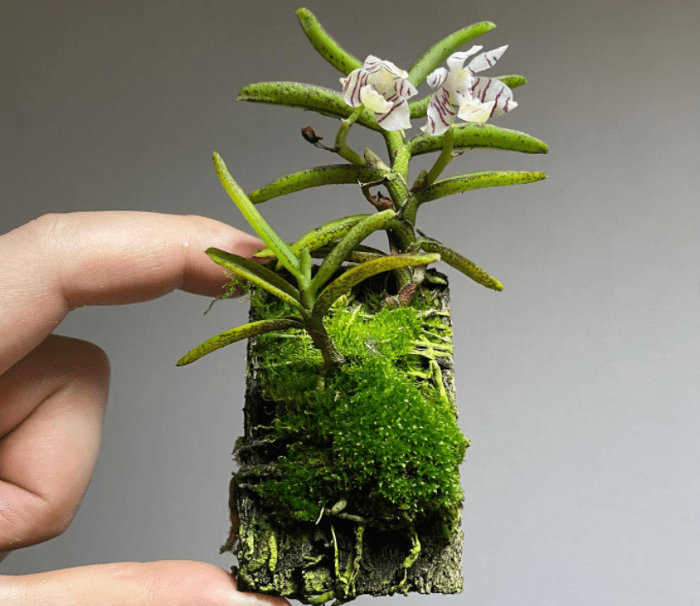
orchid needs to be watered regularly but not excessively at the risk of rotting the roots. Never leave stagnant water at the bottom of the pot and drain well after watering.
In spring/summer, water once or twice a week, but in winter, reduce watering to twice a month.
fertilizing Orchids
The addition of special orchid fertilizer helps prolong flowering. During the growing season, feed it weekly with a weak solution of a powder or liquid fertilizer.
Orchids flowering
The flowering of orchids lasts from 2 to 4 months. After a few weeks of beautiful flowering, the flower fades. Don’t worry, if your orchid bloomed once, it will absolutely bloom again. For that, it is recommended to cut the stem above the third node when there is only one flower left. This will encourage the appearance of new growth.
Repot an orchid
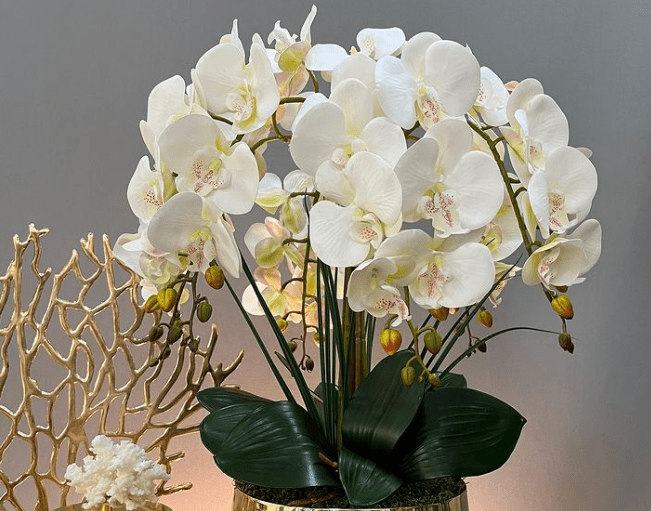
Like all indoor plants, repotting the orchid is essential. This operation is generally carried out every 2 or 3 years and is essential to help the development of your plant. When repotting, choose a pot slightly larger than the previous one.
Pests and diseases
Orchids are relatively pest-free plants but some parasites and insects can attack orchids, such as aphids and scale insects in greenhouses. Try to avoid chemical treatments and treat them in organic ways.
Moreover, the most common problems with orchids are:
- Overwatering: This can lead to leaf wilting or root rot.
- Lack of water or humidity: This causes the leaves to wilt. Simply water and mist the foliage.
- Excess light: Too bright or direct light can burn orchid leaves. The leaves will tend to turn yellow or you will notice the appearance of small whitish burns on the leaves. It can also slow the growth of the plant.
- Lack of light: This can lead to the formation of very long leaves that are less wide than the previous leaves. Lack of light can also be responsible for orchids not blooming again.
Did You find this helpful? Share it with your friends!